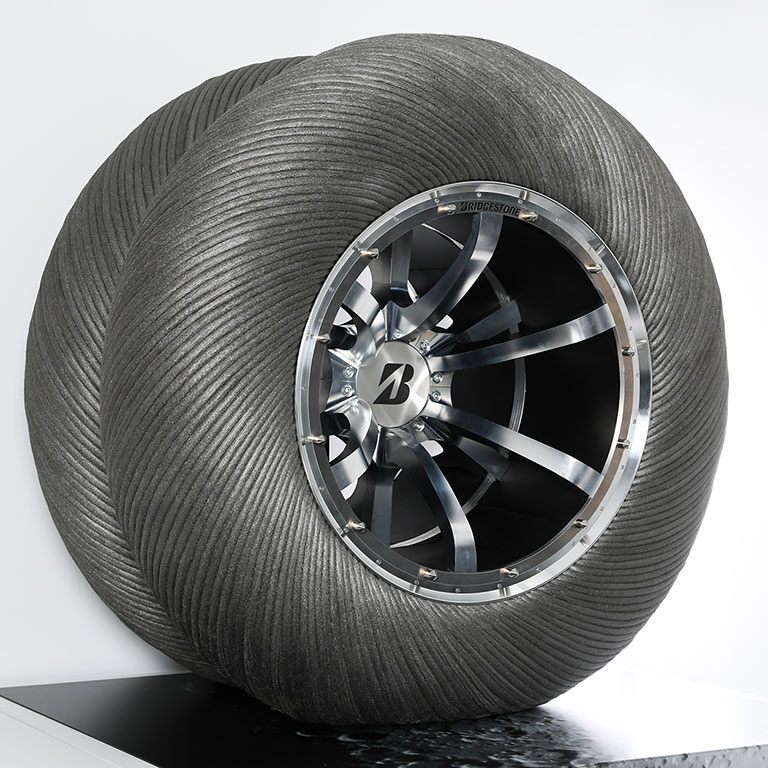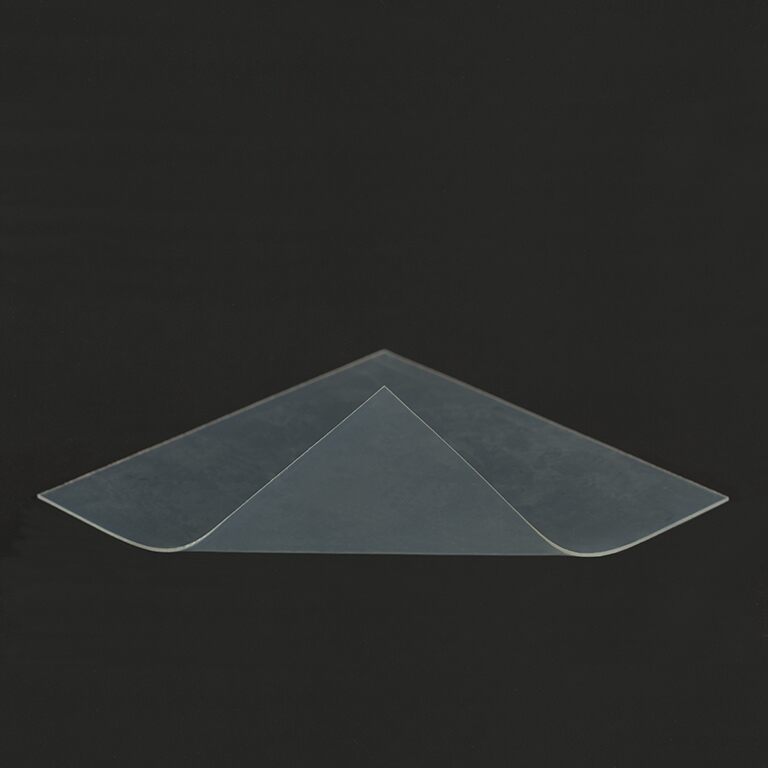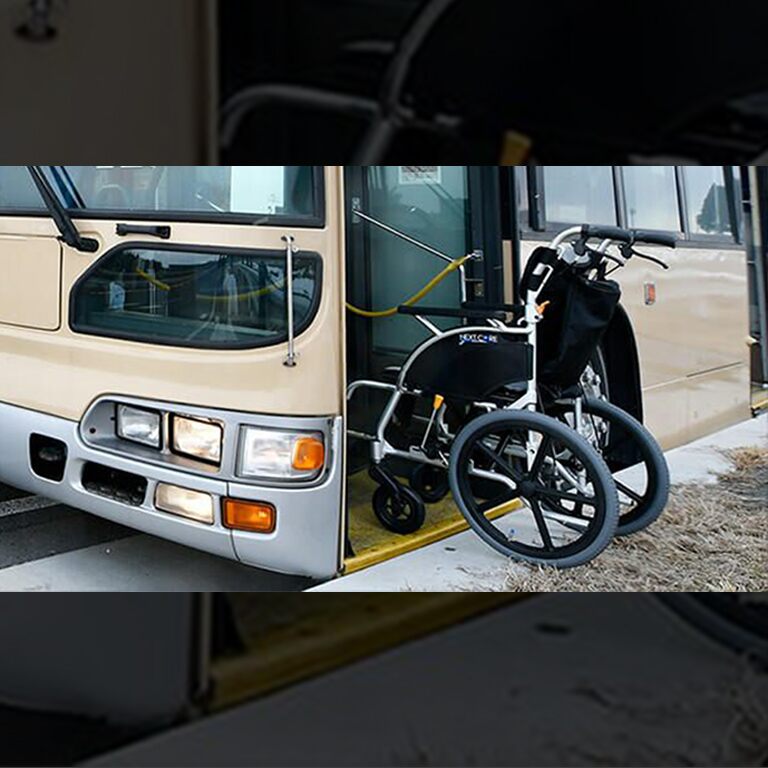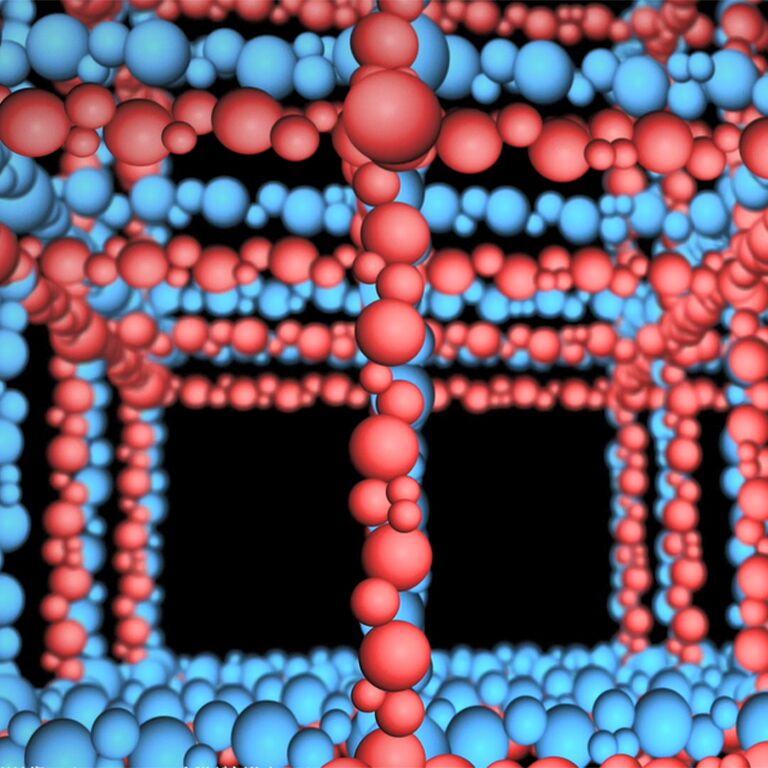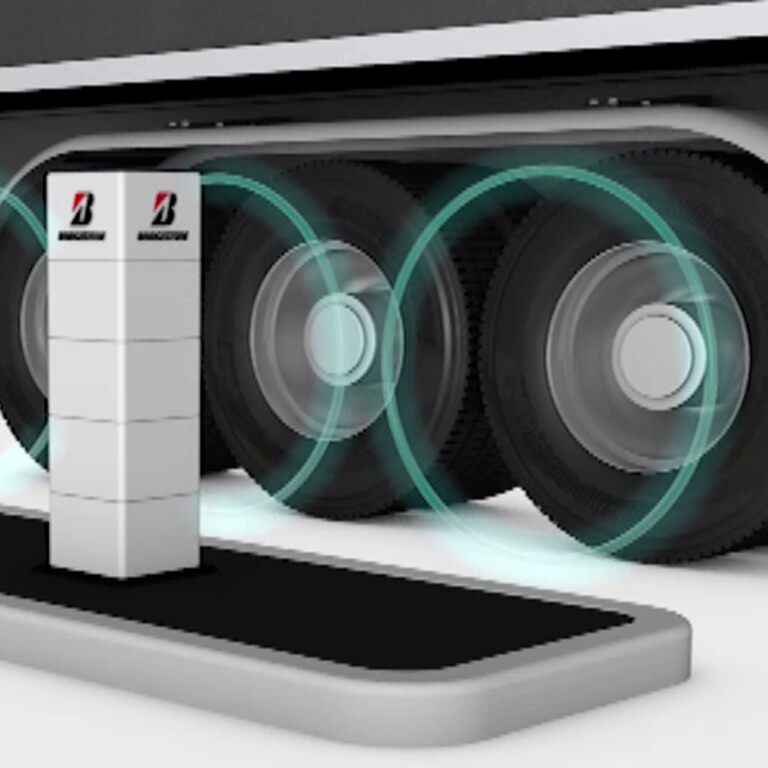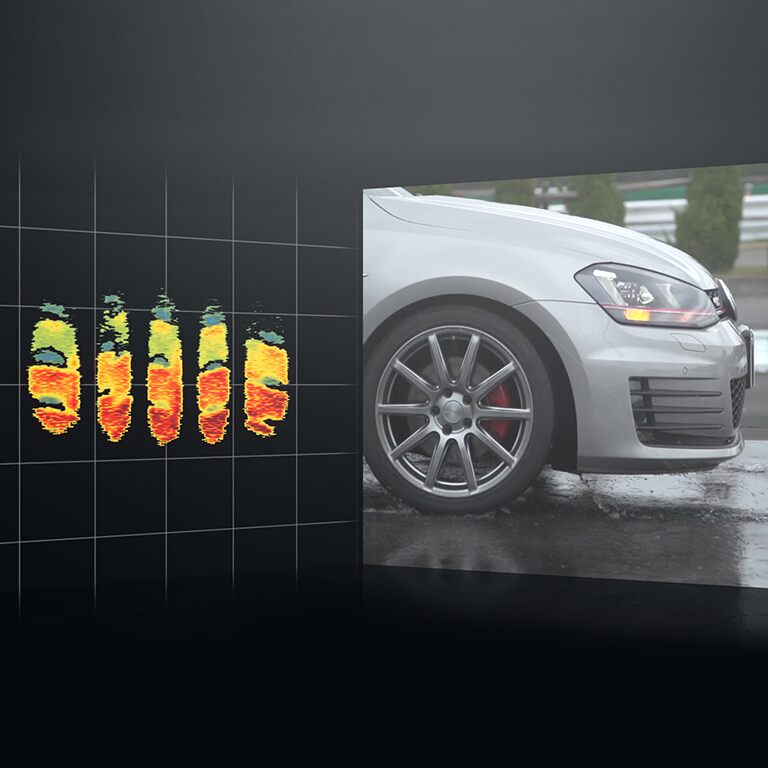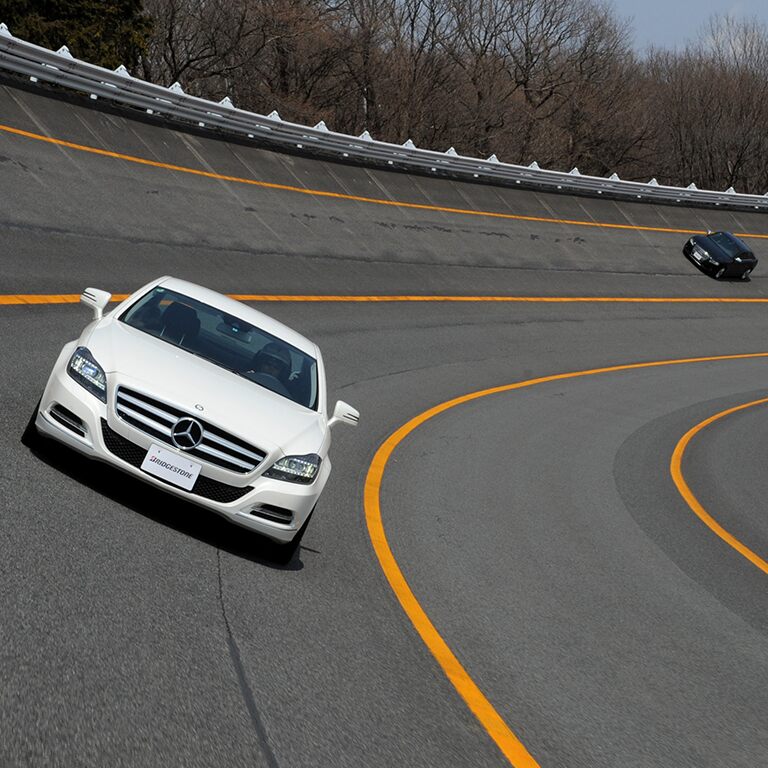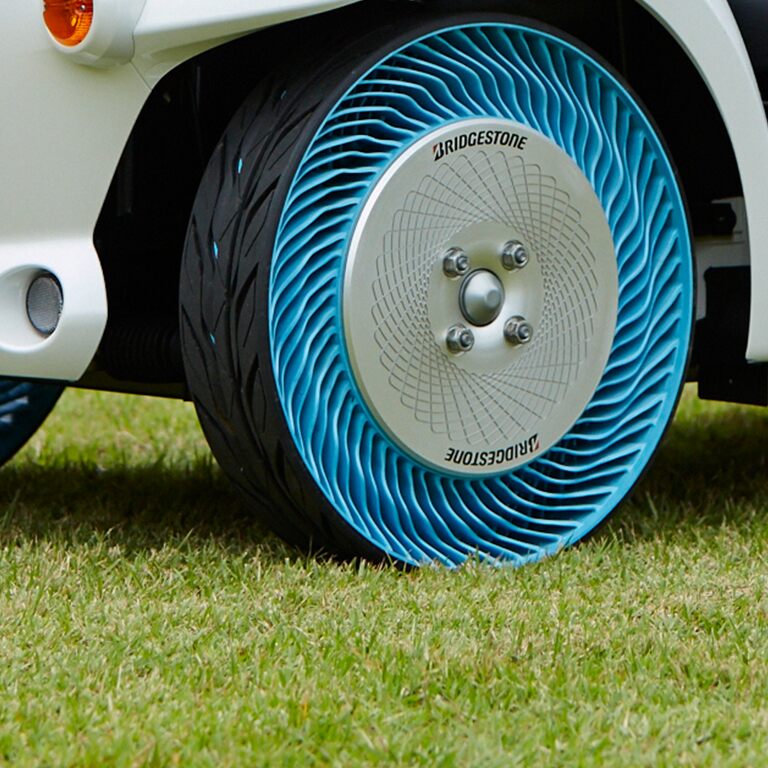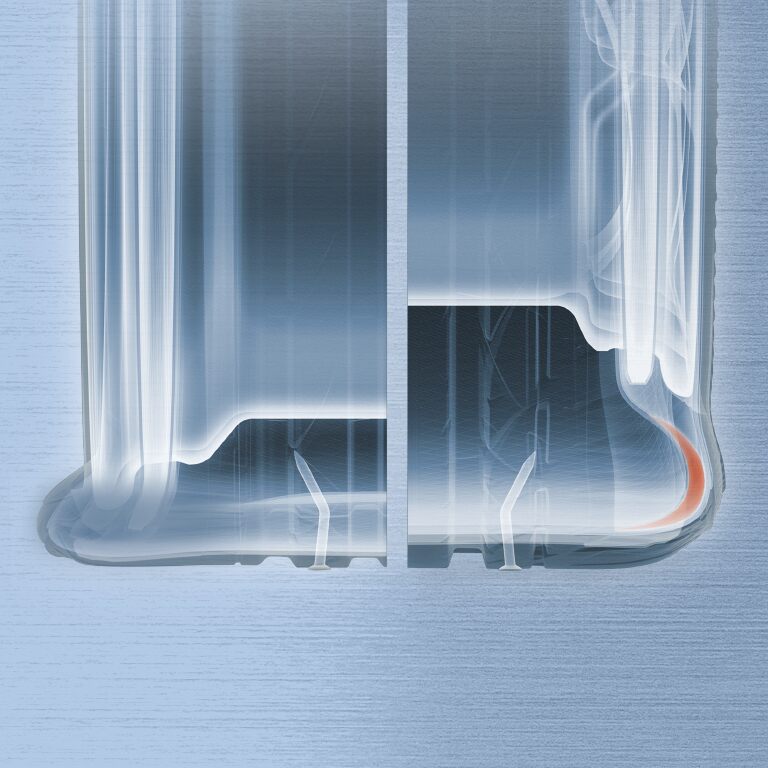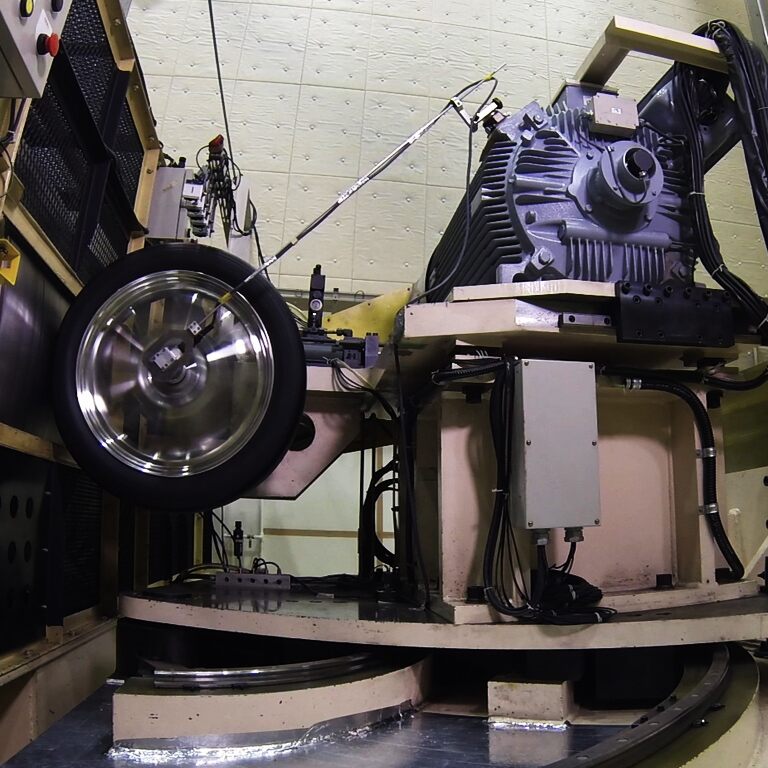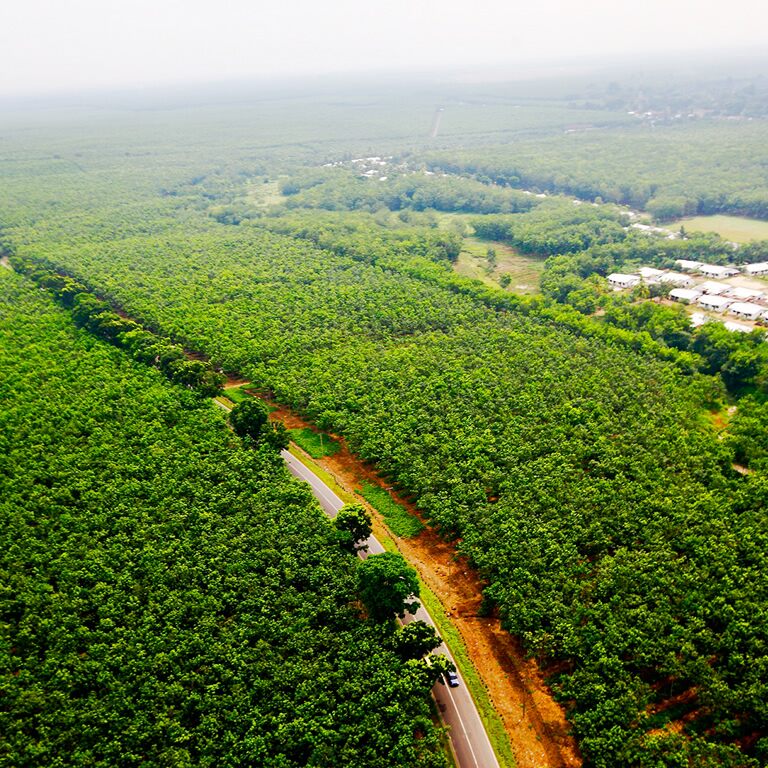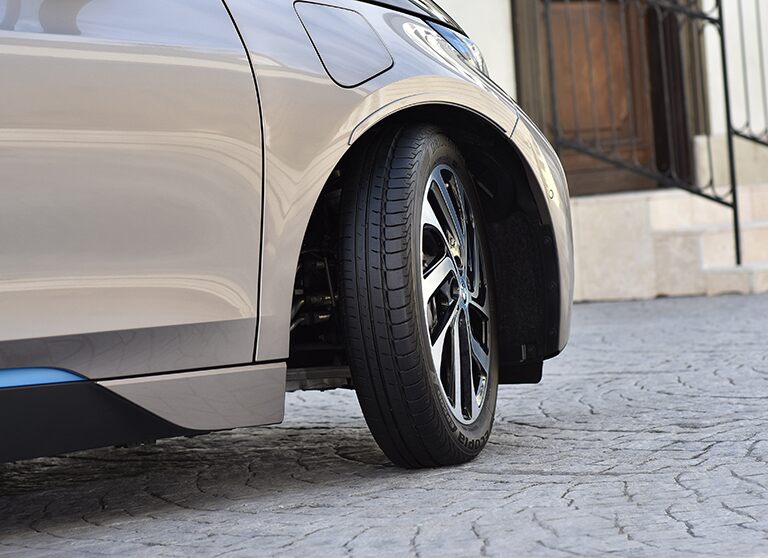
Bridgestone Lunar Rover Tires Support International Space Exploration Mission
Tires Utilize Advanced Technologies to Deliver Traction on the Harsh Surface of the Moon
In April 2019, Bridgestone announced that it will take part in an international space exploration mission together with the Japan Aerospace Exploration Agency (JAXA) and Toyota Motor Corporation (Toyota). Bridgestone has long been engaged in the development of tires for the various road surfaces found on Earth. In this most recent development project, we are focused on using our knowledge of tire performance and technology to develop an advanced tire solution that can deliver traction on the harsh surface of the moon, where none of our previously developed tires can function.
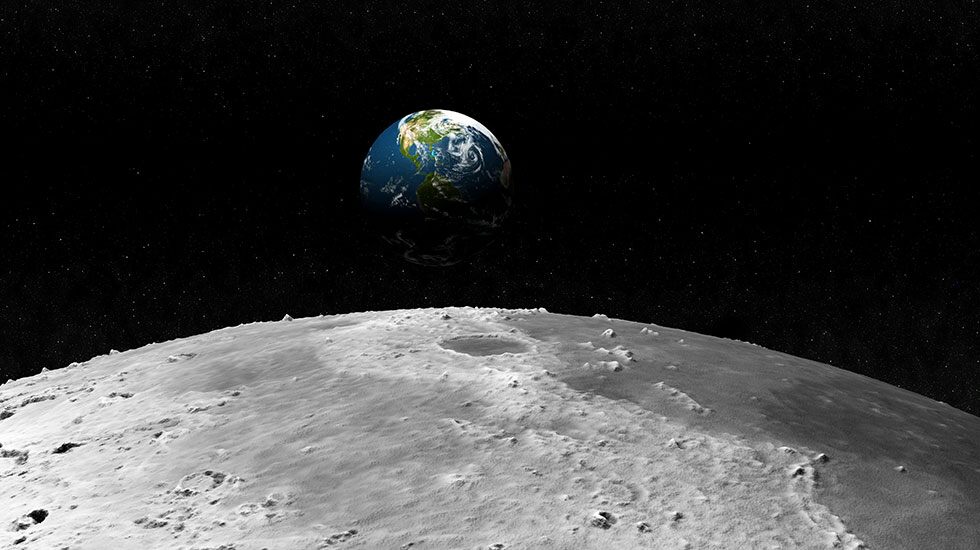
Pressurized Rover Used for Exploring the Moon
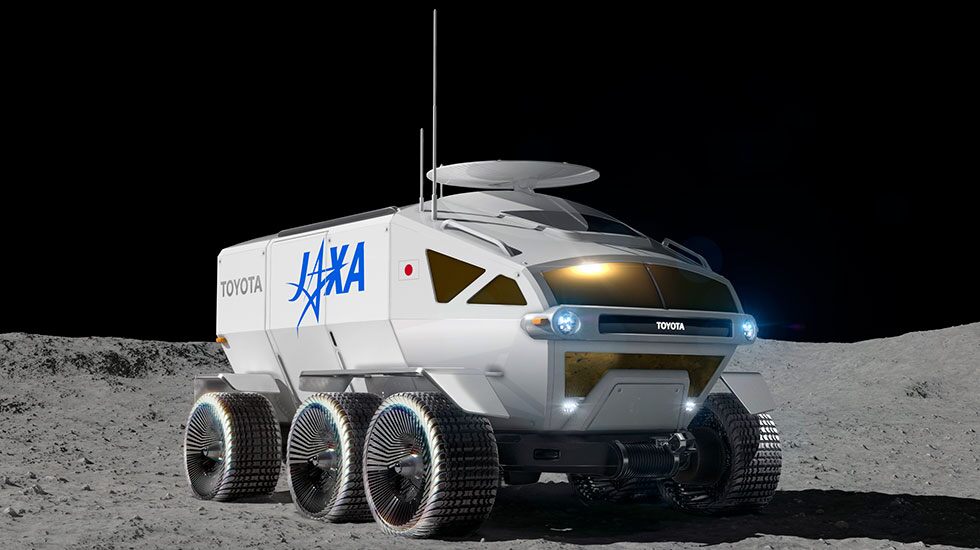
JAXA and Toyota are engaged in the joint development of a pressurized rover powered by fuel cells and autonomous driving technologies to provide the necessary mobility for human exploration of the moon. These partners are working to develop a safe and comfortable rover that can navigate the harsh environment of the moon. The rover has been nicknamed “Lunar Cruiser”.
Performance Requirement and Prototype of Tires for Lunar Rover
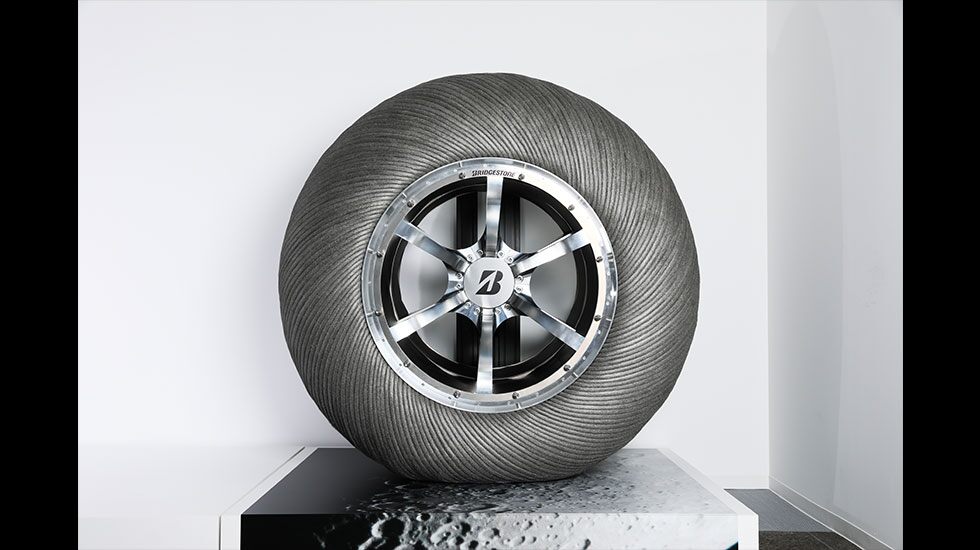
The environment of the moon is quite different from what we experience on Earth, therefore tires making contact with the surface of the moon must be able to withstand the moon’s harsh environment. Moreover, the success of this mission depends on not only developing highly durable tires that can adapt to the moon’s environment, but ensuring the tires can perform for a long distance under challenging conditions.
The image above is a look at the tires Bridgestone is developing for the lunar rover overcome the harsh conditions it will face on the moon.
1. All-Metal Tires Designed to Survive the Moon’s Environment
The moon experiences temperatures ranging from -170 °C to 120 °C and is bombarded by high-energy cosmic ray radiation. Rubber materials, such as those used in standard tires, will be unable to withstand sustained use and will be damaged quickly in this extreme environment. For this reason, Bridgestone chose to make all-metal tires to perform in these harsh conditions.
2. Specially Designed Elastic Wheel Construction
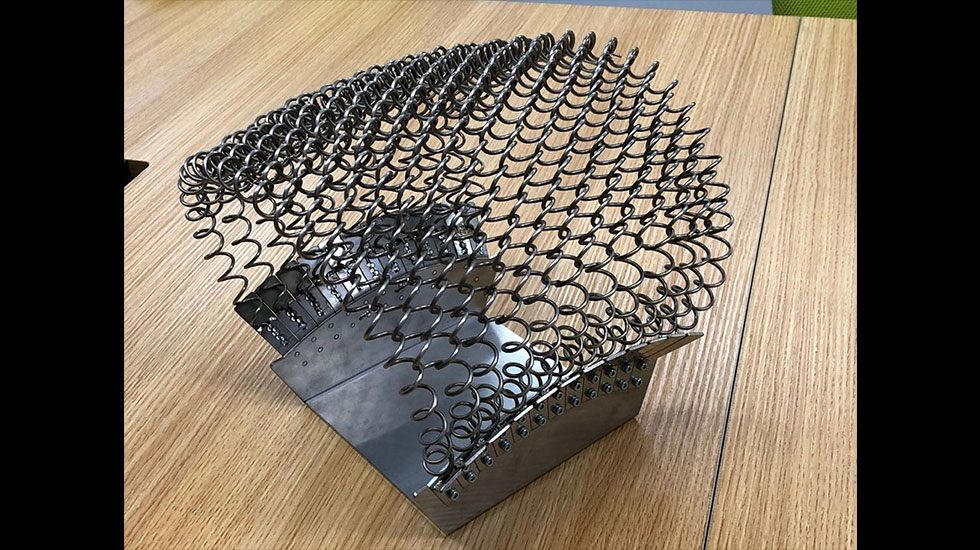
Standard tires support the weight of vehicles with their internal air pressure. However, air cannot be used in this manner in space. Accordingly, Bridgestone has developed a tire with an elastic metal skeleton construction. This construction is specially designed to bend flexibly, despite being made of metal, while offering the resilience necessary to make the trips of more than 10,000 km required of moon exploration missions.
3. Double-Tire Structure
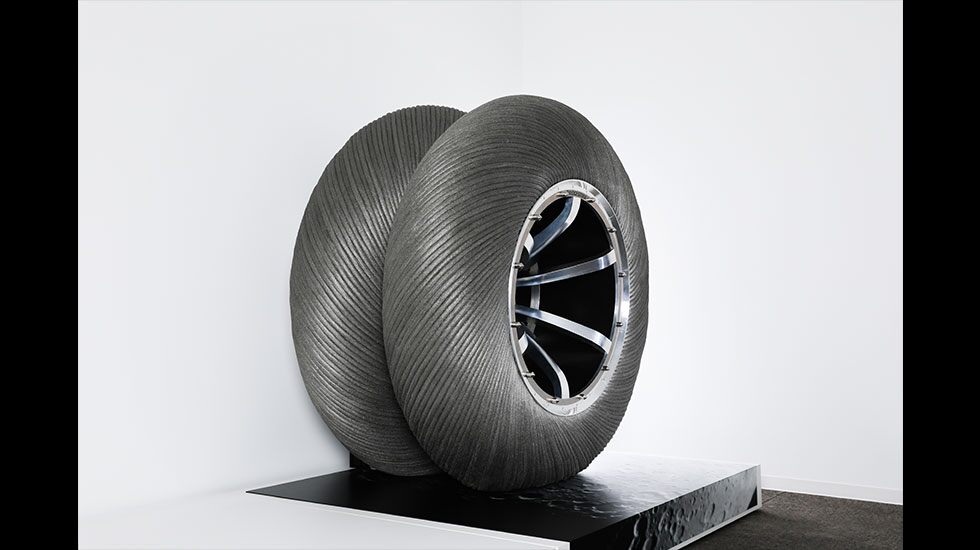
The moon surface is covered in regolith, a layer of incredibly fine sandy deposits, meaning that high contact pressure on the surface can result in tires being buried in this terrain and unable to move. To address this issue, Bridgestone employed a double-tire structure in which two tires are attached to each wheel, like on large trucks, to increase the area of the tire’s contact patch. This structure results in a contact patch area that is roughly six times that of standard passenger car tires, allowing for pressure to be dispersed across this large contact patch.
4. Flexible Metal Tread Material Dispersing Contact Pressure
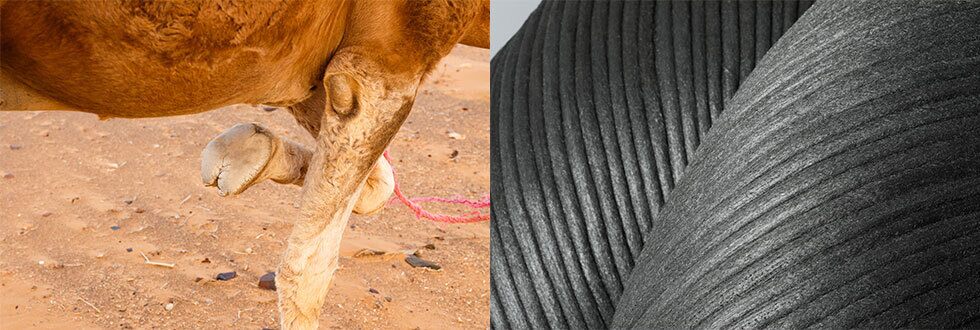
In designing these tires, Bridgestone took inspiration from camels, which can carry heavy loads across the desert with ease thanks to the pads on their feet. Mimicking this mechanism, the tires are encased with special tread material made from elastic metal like a steel wool, in order to disperse the contact pressure.
Preparation of Bridgestone Tires for Space

Bridgestone is currently in the process of testing these tires on test vehicles in sandy, uneven, and sloping terrain. As we cannot perform tests on how these tires will function in space, we must be meticulous in our development and testing practices to ensure that they are ready prior to launch of the Lunar Rover.
Going forward, Bridgestone will continue its efforts to develop tires that can withstand harsh environmental conditions to support moon exploration missions from the ground up.







